Market Analysis
In-depth Analysis of Trade Surveillance Systems Market Industry Landscape
The market dynamics of trade surveillance systems are experiencing significant shifts, driven by the evolving landscape of financial markets, regulatory requirements, and advancements in technology. One key dynamic is the increasing complexity of trading activities across various financial instruments and platforms. As markets become more interconnected and diverse, the demand for robust trade surveillance systems rises. These systems play a crucial role in monitoring and analyzing vast amounts of trading data to detect potential market abuses, fraud, and compliance violations, addressing the growing challenges associated with sophisticated trading strategies and rapidly changing market conditions.
Regulatory compliance is a dominant force shaping the dynamics of the trade surveillance systems market. Financial regulatory bodies worldwide are tightening their scrutiny and implementing stringent regulations to maintain market integrity and protect investors. Trade surveillance systems are essential tools for financial institutions to ensure adherence to these regulations, providing real-time monitoring, alerting, and reporting capabilities. The dynamic regulatory landscape necessitates continuous updates and enhancements to trade surveillance systems, reflecting the industry's commitment to compliance and risk mitigation.
The integration of artificial intelligence (AI) and machine learning (ML) technologies is a transformative dynamic in the trade surveillance systems market. AI-driven surveillance systems are increasingly capable of analyzing large datasets, identifying complex patterns, and adapting to evolving market conditions. This dynamic enhances the efficiency and accuracy of trade surveillance, enabling financial institutions to stay ahead of potential market abuses and compliance breaches. The incorporation of advanced analytics and predictive modeling contributes to a more proactive and sophisticated approach to monitoring and mitigating risks.
Market fragmentation and the proliferation of alternative trading venues are influencing the dynamics of trade surveillance systems. As trading activities spread across various exchanges, dark pools, and electronic communication networks (ECNs), surveillance systems need to provide comprehensive coverage and integration capabilities. This dynamic reflects the need for holistic surveillance solutions that can aggregate and analyze data from diverse sources, ensuring a unified view of trading activities and potential risks across the entire market landscape.
The evolving nature of market abuses and financial crimes is a driving force in shaping trade surveillance systems' dynamics. Sophisticated manipulation techniques, insider trading, and other illicit activities continue to pose challenges to market integrity. Trade surveillance systems need to continually adapt and innovate to detect new and evolving threats, emphasizing the importance of dynamic and proactive surveillance capabilities. This dynamic reflects the industry's commitment to staying ahead of illicit activities and safeguarding the integrity of financial markets.
The demand for cloud-based trade surveillance solutions is a notable trend influencing market dynamics. Cloud-based systems offer scalability, flexibility, and cost-effectiveness, allowing financial institutions to deploy and manage surveillance capabilities more efficiently. This dynamic aligns with the broader trend of digital transformation in the financial industry, as firms seek agile and scalable solutions to meet evolving business and compliance requirements.
Interoperability and integration with other financial systems are critical dynamics in the trade surveillance market. Trade surveillance systems need to seamlessly integrate with trading platforms, risk management systems, and other operational tools to provide a holistic view of market activities. The ability to aggregate and correlate data from multiple sources enhances the effectiveness of surveillance efforts, facilitating a comprehensive approach to risk management and compliance.
The heightened focus on environmental, social, and governance (ESG) considerations is influencing the dynamics of trade surveillance systems. Financial institutions are increasingly incorporating ESG criteria into their investment strategies, necessitating surveillance systems that can monitor and assess ESG-related risks. This dynamic reflects the industry's responsiveness to shifting market trends and regulatory expectations, as trade surveillance systems adapt to address emerging risk factors associated with sustainability and ethical considerations.

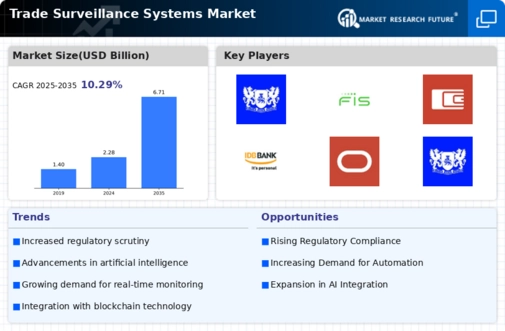
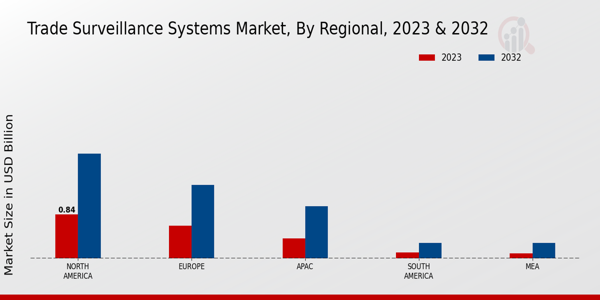
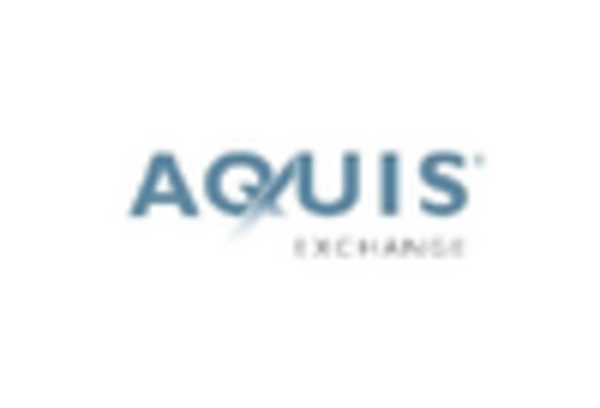



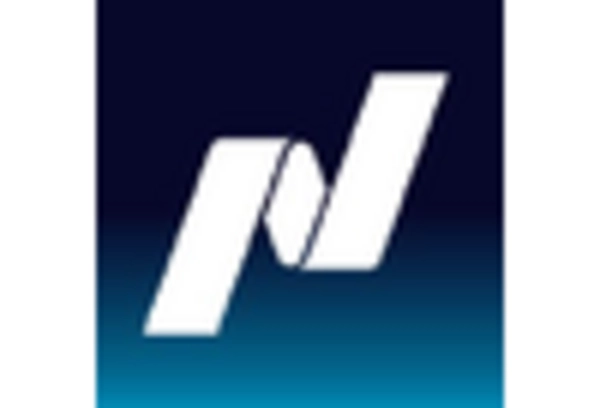
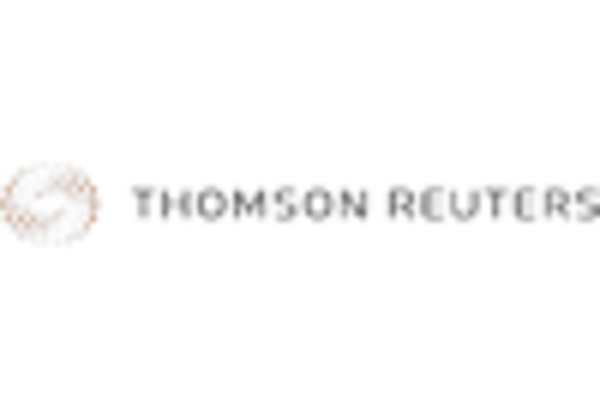

Leave a Comment